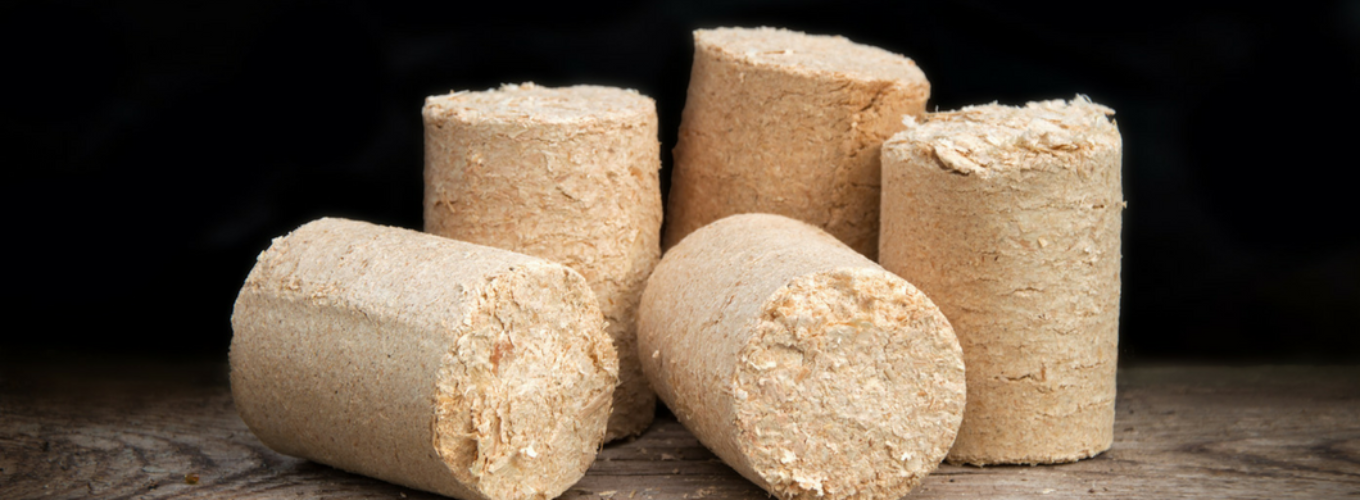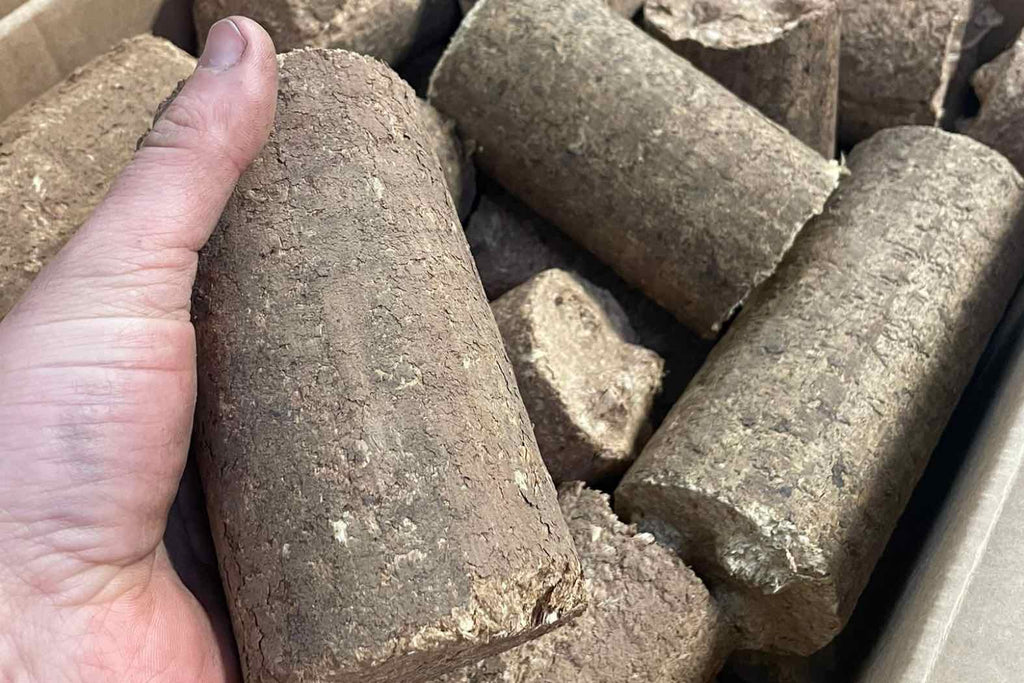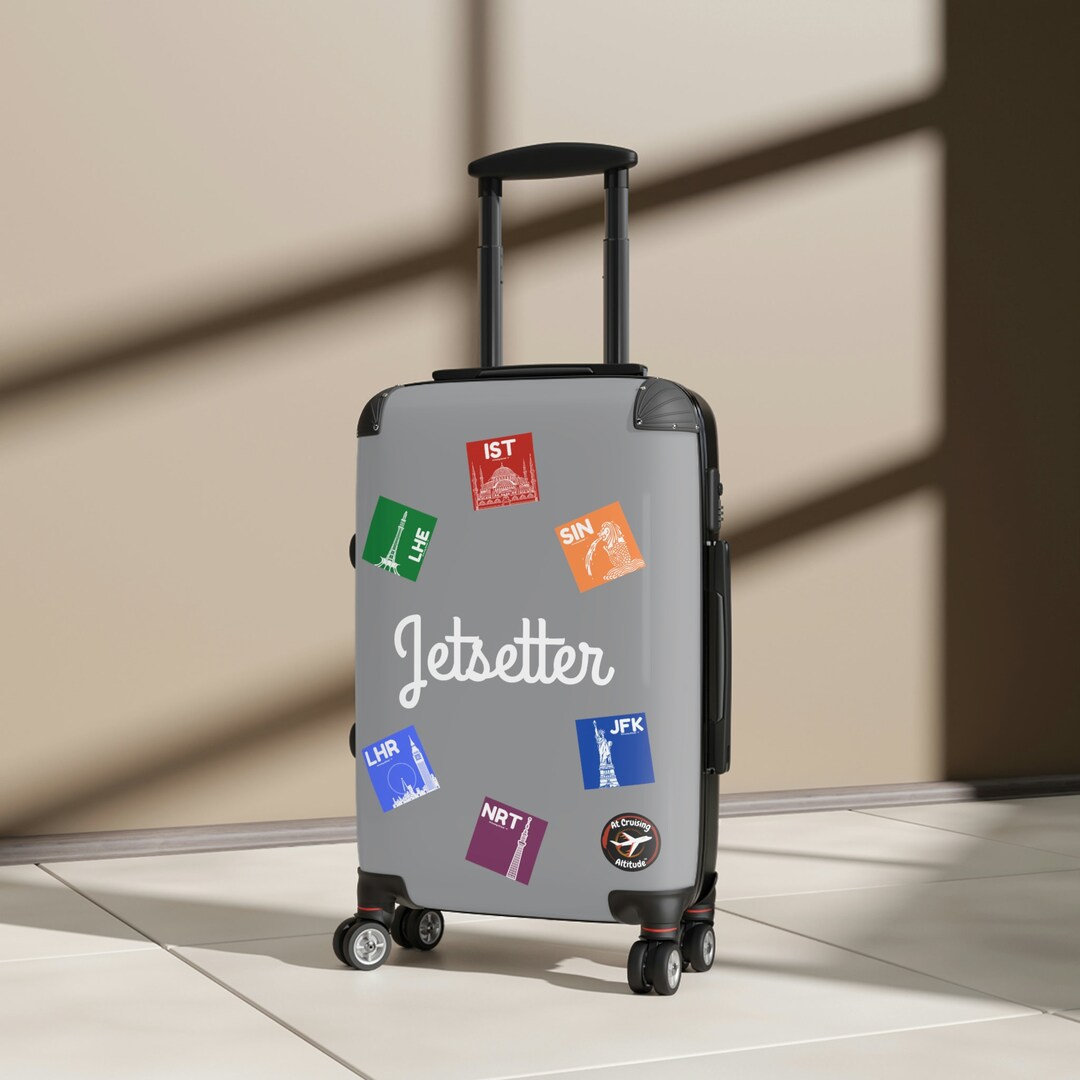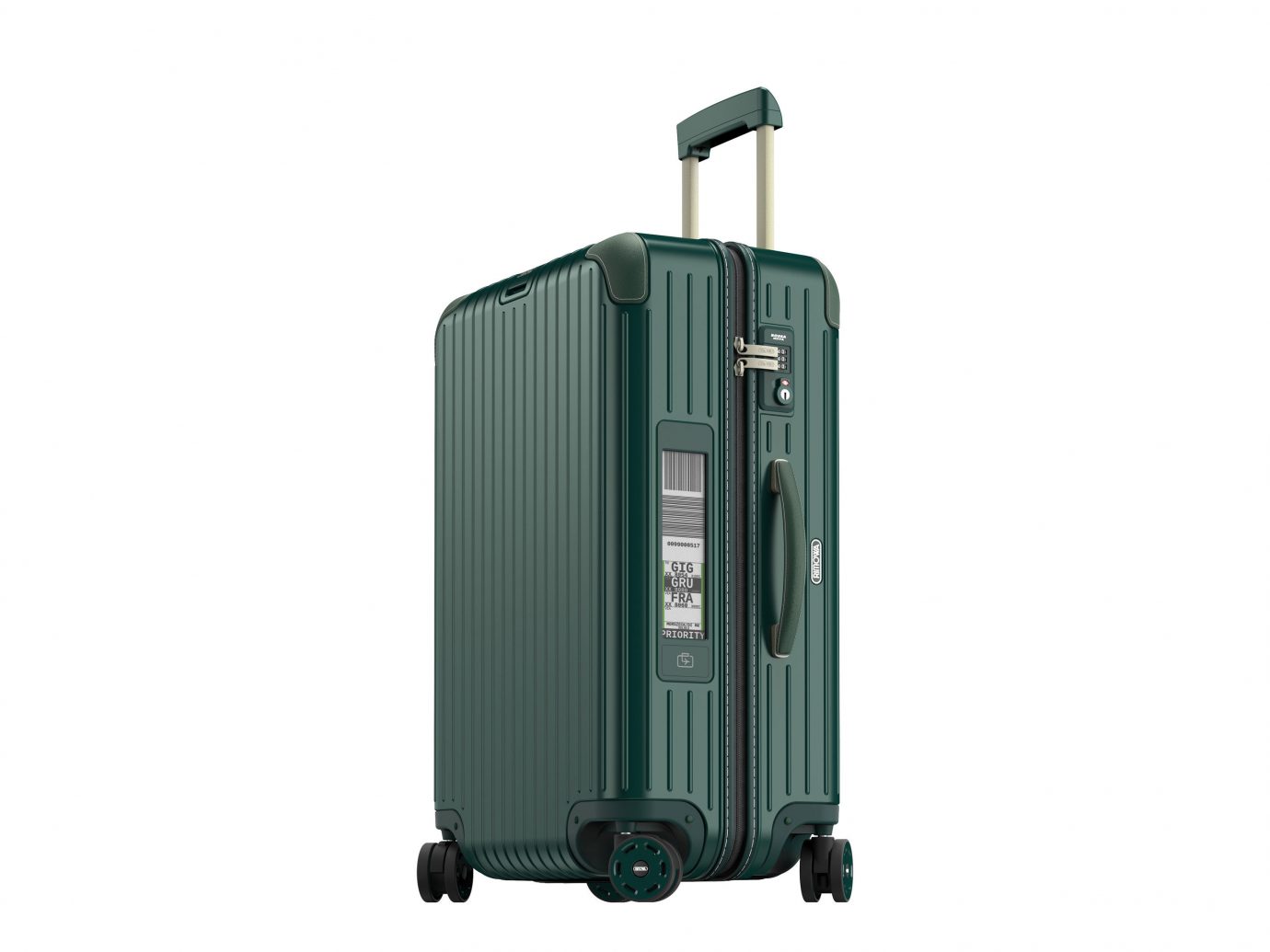Unlocking The Potential: The Beginner’s Guide to Using Wood Briquettes Effectively
Wood briquettes are an eco-friendly and cost-effective alternative to traditional firewood, offering a convenient and efficient way to heat your home or cook your meals. As concerns about environmental sustainability and puitbrikett hind continue to rise, more and more people are turning to this renewable energy source. Whether you’re new to using wood briquettes or looking to optimize your usage, this beginner’s guide will provide you with everything you need to know to make the most out of this versatile fuel option.
Understanding Wood Briquettes
Wood briquettes are compacted blocks of biomass material, typically made from sawdust, wood shavings, or agricultural waste such as rice husks or peanut shells. These compressed blocks offer a higher energy density than traditional firewood, which burns longer and produces more heat per unit volume. Additionally, because they are uniform in size and shape, wood briquettes are easier to store, handle, and transport than loose biomass materials.
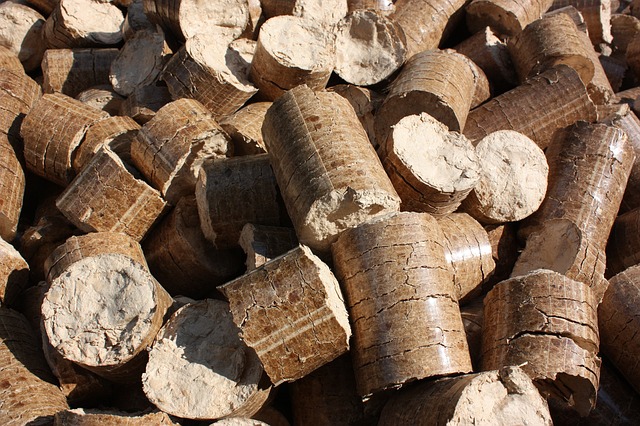
Choosing the Right Type
When selecting wood briquettes, it’s essential to consider the type of biomass used in their production. Different materials can affect burn quality, heat output, and even flavor when used for cooking. Experiment with various types to find the one that best suits your needs and preferences.
Storing Wood Briquettes
Proper storage is crucial to maintaining the quality and performance of your wood briquettes. Store them in a dry, well-ventilated area away from direct sunlight and moisture to prevent mold growth and deterioration. Stacking briquettes on pallets or shelves can help improve airflow and prevent them from absorbing moisture from the ground.
Igniting and Controlling the Fire
Unlike firewood, which can take time to ignite and reach optimal burning temperature, wood briquettes ignite quickly and provide a consistent, steady flame. To start a fire, arrange the briquettes in a pyramid shape and use kindling or fire starters to ignite them. Once lit, adjust the airflow to control the flame’s intensity and maintain the desired temperature.
Maximizing Efficiency
To maximize the efficiency of your wood briquettes, consider using a stove or fireplace insert specifically designed for biomass fuels. These appliances are engineered to burn wood briquettes cleanly and efficiently, minimizing waste and emissions while maximizing heat output.
Environmental Benefits
Using wood briquettes as an alternative to traditional firewood offers numerous environmental benefits. Utilizing waste biomass materials, you’re helping to reduce deforestation and greenhouse gas emissions associated with traditional logging and fossil fuel combustion. Additionally, burning wood briquettes produces less smoke, ash, and particulate matter than conventional fuels, improving air quality and reducing environmental impact.
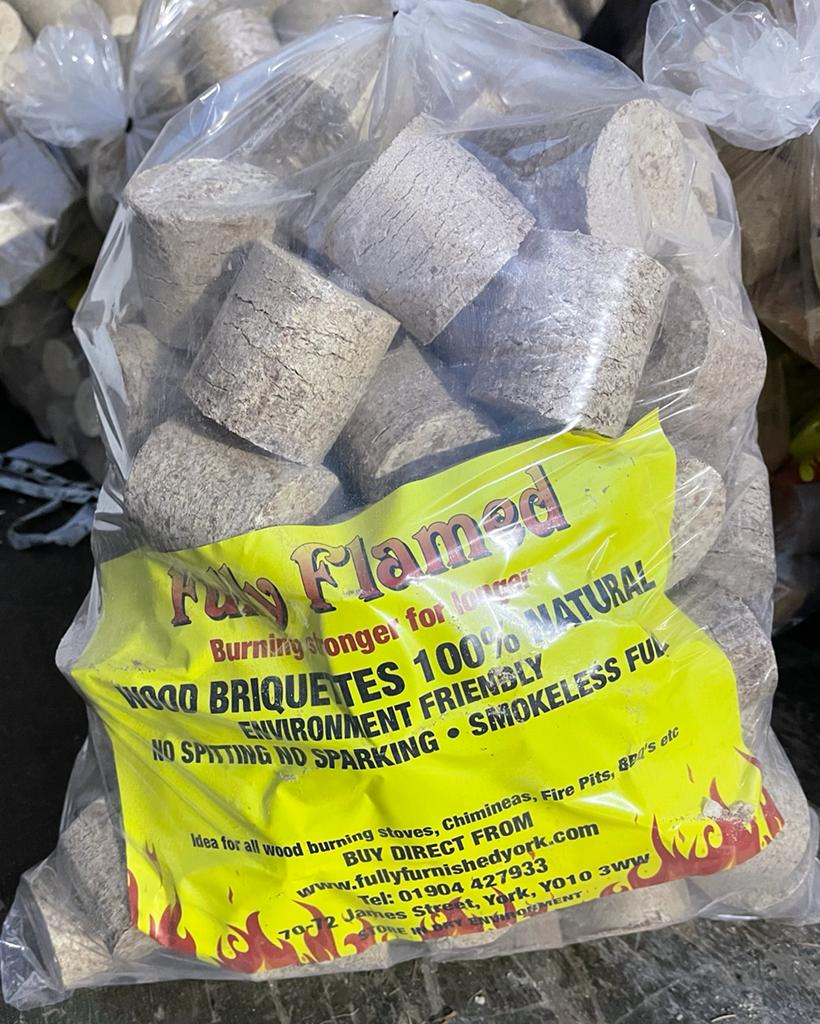
Conclusion
Wood briquettes offer a sustainable, cost-effective, and environmentally friendly alternative to traditional firewood for heating and cooking purposes. By understanding how to effectively use and store wood briquettes, you can maximize their performance and minimize waste, all while reducing your carbon footprint and supporting a more sustainable future.

